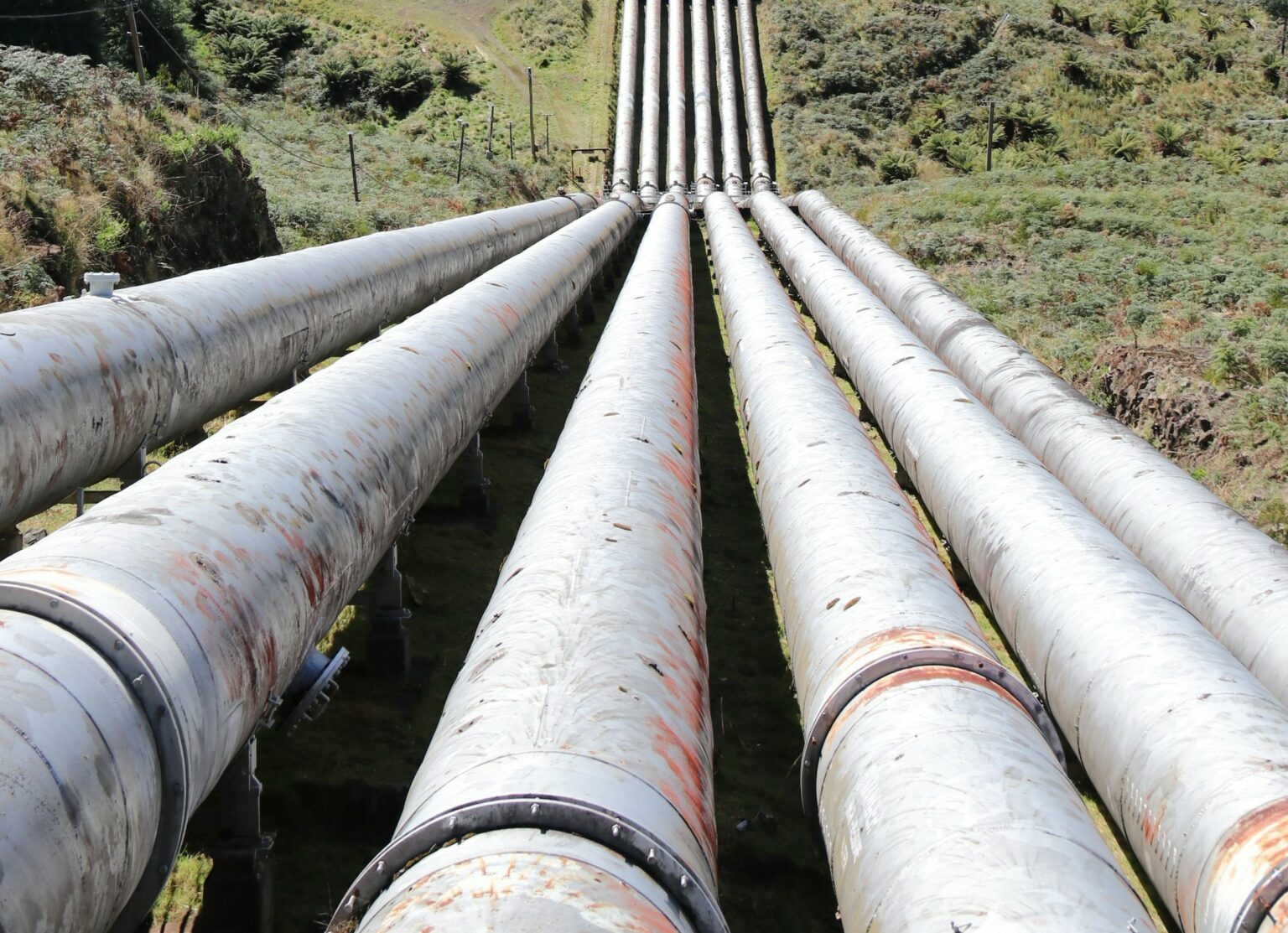ATCO Australia recently announced a significant achievement in the realm of renewable energy, blending up to 10% hydrogen into the natural gas distribution network serving approximately 3,000 homes in the City of Cockburn, Western Australia.
This initiative, part of ATCO’s Hydrogen Community Blending Project, represents a step towards reducing carbon emissions.
Blending 10% hydrogen into the natural gas network is often presented as a key milestone. However, industry experts have raised questions about the efficacy of such a low blending percentage in achieving meaningful carbon reductions. While the initiative is a step in the right direction, the impact on overall emissions might be minimal, considering that the remaining 90% of the blend still consists of fossil fuels. To genuinely contribute to Australia’s decarbonisation goals, a more aggressive approach towards higher hydrogen concentrations or alternative energy solutions may be necessary.
ATCO’s Clean Energy Innovation Hub (CEIH) at Jandakot is designed to produce renewable hydrogen through electrolysis powered by solar energy. While this technology is promising, the safety and reliability of hydrogen blending in existing natural gas infrastructure remain critical concerns. ATCO has worked closely with regulators to ensure safety, but the long-term implications of hydrogen blending, particularly at higher concentrations, need further exploration. The industry must also address the potential challenges of retrofitting or replacing infrastructure to handle higher hydrogen levels.
The amendments to the National Gas Law and Rules to include hydrogen and other renewable gases under the national gas regulatory framework signal a shift towards integrating these fuels into Australia’s energy mix. However, the current regulatory environment may still be insufficient to fully support the widespread adoption of hydrogen and other clean gases. ATCO’s efforts are aligned with national goals, but there is a need for more comprehensive policy support, including incentives and targets, to drive large-scale adoption and ensure that these initiatives translate into significant emission reductions.
ATCO’s recent collaboration with Delorean Corporation to integrate bioenergy projects into its gas distribution system is a strategic move that could diversify its renewable energy portfolio. The non-binding Memorandum of Understanding (MoU) between the two companies focuses on the supply of biomethane, which could help ATCO meet its regulatory obligations. However, the success of this collaboration will depend on the scalability of bioenergy projects and their integration into the existing gas infrastructure. As the partnership develops, it will be crucial to monitor how effectively it contributes to ATCO’s broader sustainability goals.
